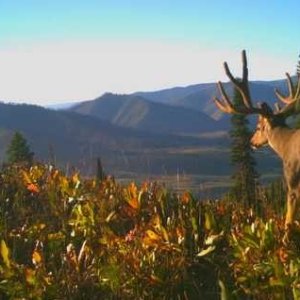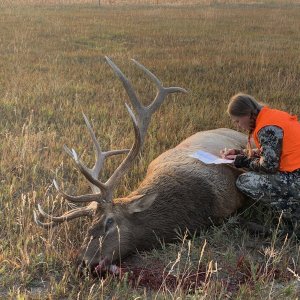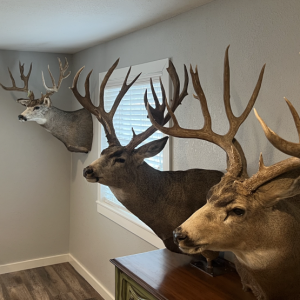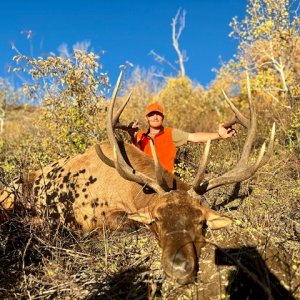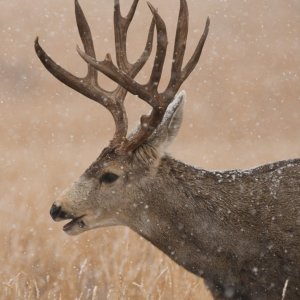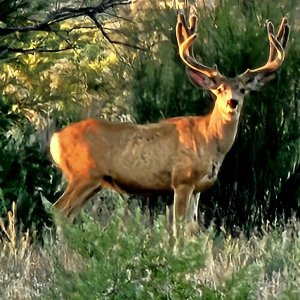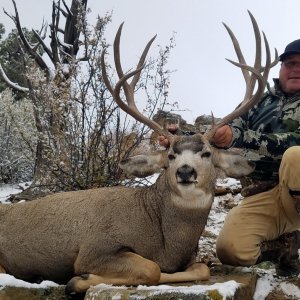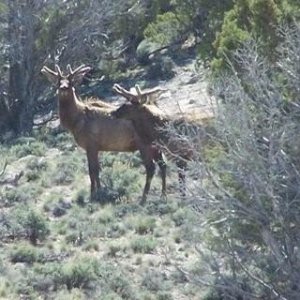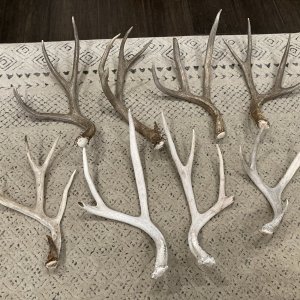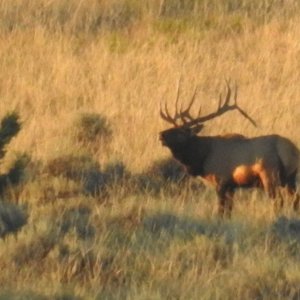S
Salmonfg
Guest
FYI, Newspaper article from the Boise Weekly.
1-21-09
"Sheep bailout
Idaho ranchers turn to legislative colleagues in wild sheep fight
While wolves and farmed elk have been VIP species at the Idaho Legislature in recent years, it is sheep that may make waves this year.
As Idaho sheep producers find themselves squeezed off of grazing allotments on the Payette National Forest because of concerns their sheep make wild sheep sick, they are turning to the Legislature for help.
But after an exclusive audience with the Senate Resources and Environment Committee this week?a committee stacked with fellow ranchers?the sheep industry won't say what it may propose.
"Wouldn't you like to know?" said New Plymouth Republican Sen. Monty Pearce when asked about a bill he is preparing.
Ron Shirts, the Weiser rancher who is fighting the U.S. Forest Service to keep his grazing privileges, introduced his attorney, W. Alan Schroeder to the committee. Schroeder delivered a short presentation about the conflict between the federal agency, wild sheep backers and ranchers. He argued that a 1997 agreement promised to hold sheep producers harmless as bighorns spread into their range and repeated the claims of a small group of scientists who remain skeptical that bighorns can be infected by their woolier domestic cousins.
But the Payette, under pressure from environmental groups, sportsmen and the Nez Perce tribe, undertook a lengthy scientific process which concluded that the two sheep species must be kept separate to prevent disease outbreaks.
"The biologists believe that separation is the way to go," said Jim Unsworth, chief of Idaho Department of Fish and Game's Wildlife Bureau.
The Senate committee did not hear from any biologists, wild sheep hunters or Forest Service personnel, though if a bill is introduced, there will be further public hearings hashing out the science and the questions of economic impact and history that Schroeder raised.
Since the Legislature is not in a position to regulate the Forest Service, legislation from ranchers could target Fish and Game, perhaps echoing the provisions of the 1997 agreement.
"We believe we've lived up to that agreement," Unsworth said. "If the Forest Service gives them a permit, we believe we can reduce risk."
Ranchers in the past have floated the idea of barring further bighorn sheep introductions in Idaho. Already, in the past year, Fish and Game has complied with a policy spearheaded by the Governor's Office, killing about a half-dozen bighorn sheep thought to have come in contact with domestic herds."
Tom Keegan
IDFG Salmon Region Wildlife Manager
1-21-09
"Sheep bailout
Idaho ranchers turn to legislative colleagues in wild sheep fight
While wolves and farmed elk have been VIP species at the Idaho Legislature in recent years, it is sheep that may make waves this year.
As Idaho sheep producers find themselves squeezed off of grazing allotments on the Payette National Forest because of concerns their sheep make wild sheep sick, they are turning to the Legislature for help.
But after an exclusive audience with the Senate Resources and Environment Committee this week?a committee stacked with fellow ranchers?the sheep industry won't say what it may propose.
"Wouldn't you like to know?" said New Plymouth Republican Sen. Monty Pearce when asked about a bill he is preparing.
Ron Shirts, the Weiser rancher who is fighting the U.S. Forest Service to keep his grazing privileges, introduced his attorney, W. Alan Schroeder to the committee. Schroeder delivered a short presentation about the conflict between the federal agency, wild sheep backers and ranchers. He argued that a 1997 agreement promised to hold sheep producers harmless as bighorns spread into their range and repeated the claims of a small group of scientists who remain skeptical that bighorns can be infected by their woolier domestic cousins.
But the Payette, under pressure from environmental groups, sportsmen and the Nez Perce tribe, undertook a lengthy scientific process which concluded that the two sheep species must be kept separate to prevent disease outbreaks.
"The biologists believe that separation is the way to go," said Jim Unsworth, chief of Idaho Department of Fish and Game's Wildlife Bureau.
The Senate committee did not hear from any biologists, wild sheep hunters or Forest Service personnel, though if a bill is introduced, there will be further public hearings hashing out the science and the questions of economic impact and history that Schroeder raised.
Since the Legislature is not in a position to regulate the Forest Service, legislation from ranchers could target Fish and Game, perhaps echoing the provisions of the 1997 agreement.
"We believe we've lived up to that agreement," Unsworth said. "If the Forest Service gives them a permit, we believe we can reduce risk."
Ranchers in the past have floated the idea of barring further bighorn sheep introductions in Idaho. Already, in the past year, Fish and Game has complied with a policy spearheaded by the Governor's Office, killing about a half-dozen bighorn sheep thought to have come in contact with domestic herds."
Tom Keegan
IDFG Salmon Region Wildlife Manager

